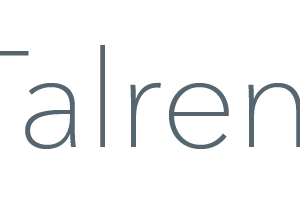K-Rea checks the design of retaining walls using the subgrade reaction method: diaphragm walls, sheetpile walls, soldier pile walls, etc.
K-Réa v4.0.28 full cracked release
$ 120.00
Design of retaining walls
Description
KEY POINTS OF K-REA V4
- ULS checks extended to double-wall projects (including Kranz check).
- Direct processing without iterations of double-wall projects, without limitation of the number of linking anchors.
- Automated processing of bank and berm effects using the kinematic approach with the yield design method.
- Possibility to impose active and passive soil pressure diagrams and water pressure diagrams during the phasing.
- Automatic correction of the inclination of counter passive earth pressure (LEM method)
- Management of the initial phase:
o Possibility to consider a non-horizontal profile of the natural land.
o Define possible initial loads (eg: existing building nearby).
o Consideration of initial hydraulic gradient (eg: initial upward flow). - Possibility to consider a hydraulic gradient defined point by point through the water pressure or the hydraulic potential.
- All loads can be changed or disabled during phasing.
- Consideration of the screening effect of Boussinesq loads.
- Automated processing of combinations of loads applied onto the wall and the soil.
- Generalization of support conditions and anchoring.
- New type of support: circular lierne, surface support and surface linking support (slab type).
- Preload can be defined for all supports.
- Anchors’ preload can be modified during phasing.
- Management of elastoplastic behaviour for all types of support.
- Consideration of the earthquake: Mononobe-Okabé (pseudo-static method) and yield design method.
- Consideration of the Eurocode 7 design approaches (1, 2 and 3).
- Consideration of a minimum active earth pressure and a maximum passive earth pressure for every soil layer.
- Taking into account the over-excavation (Δa) on either side of the wall.
- New results available: axial force throughout the wall (Nz) and vault pressure (Nθ).







